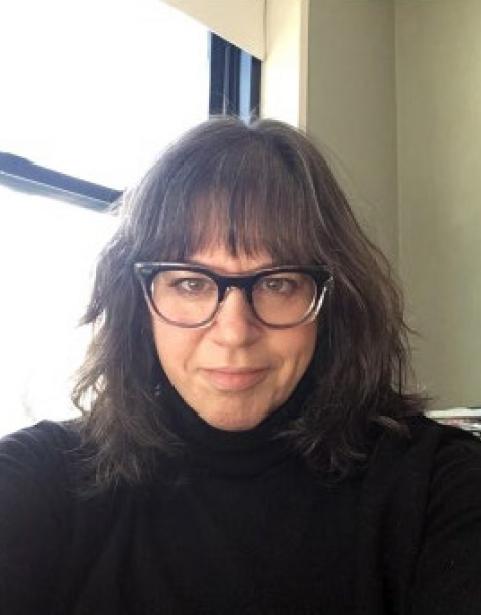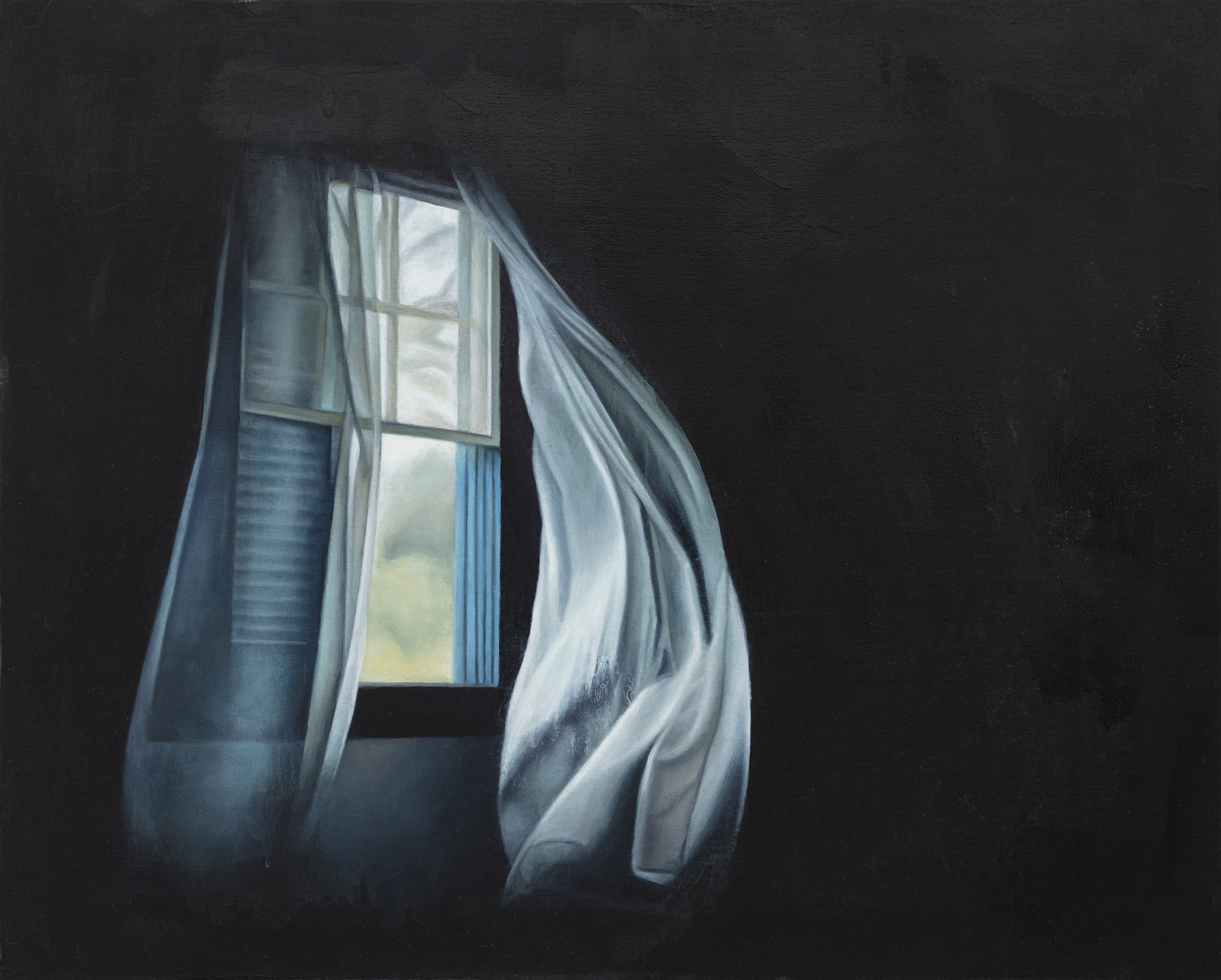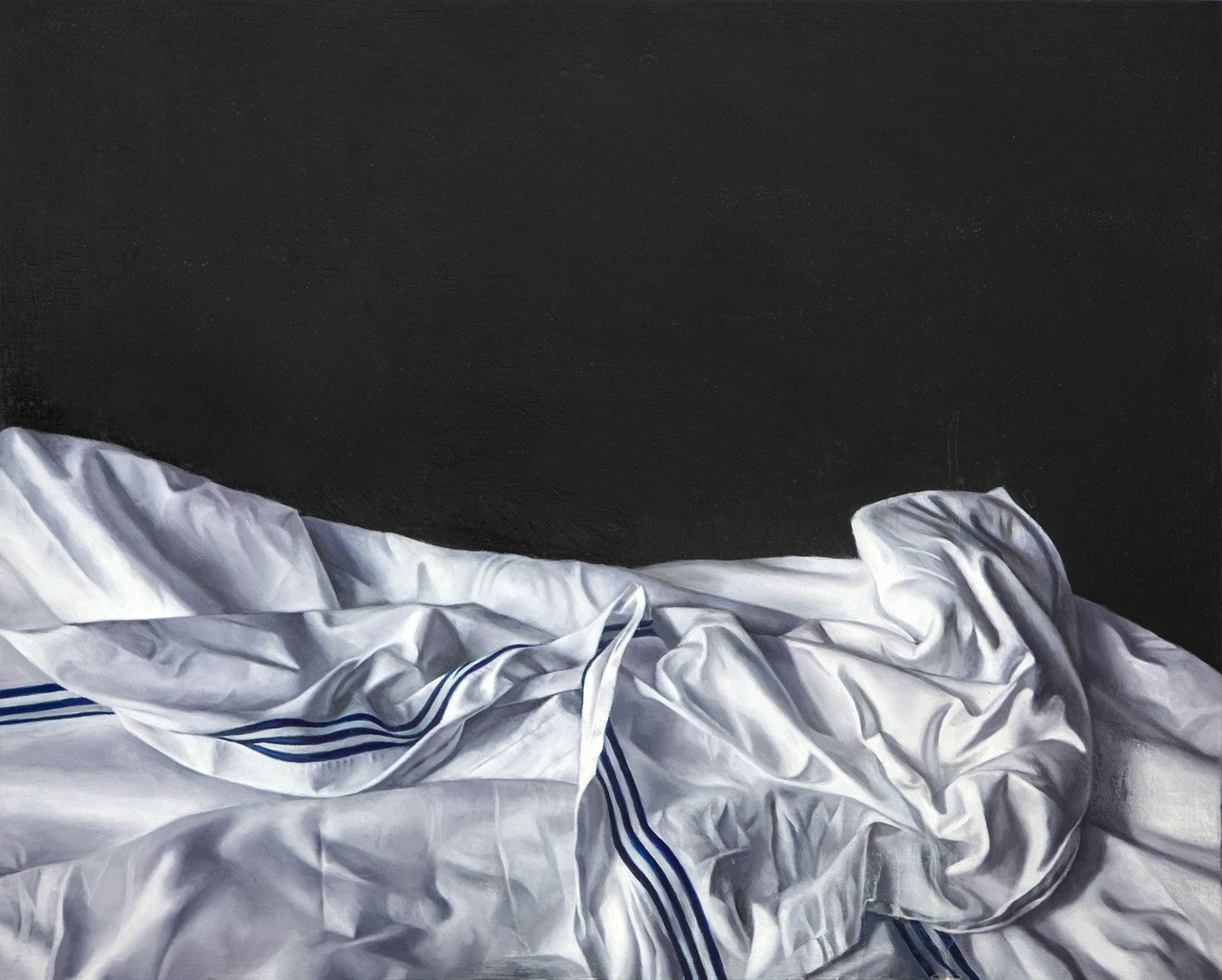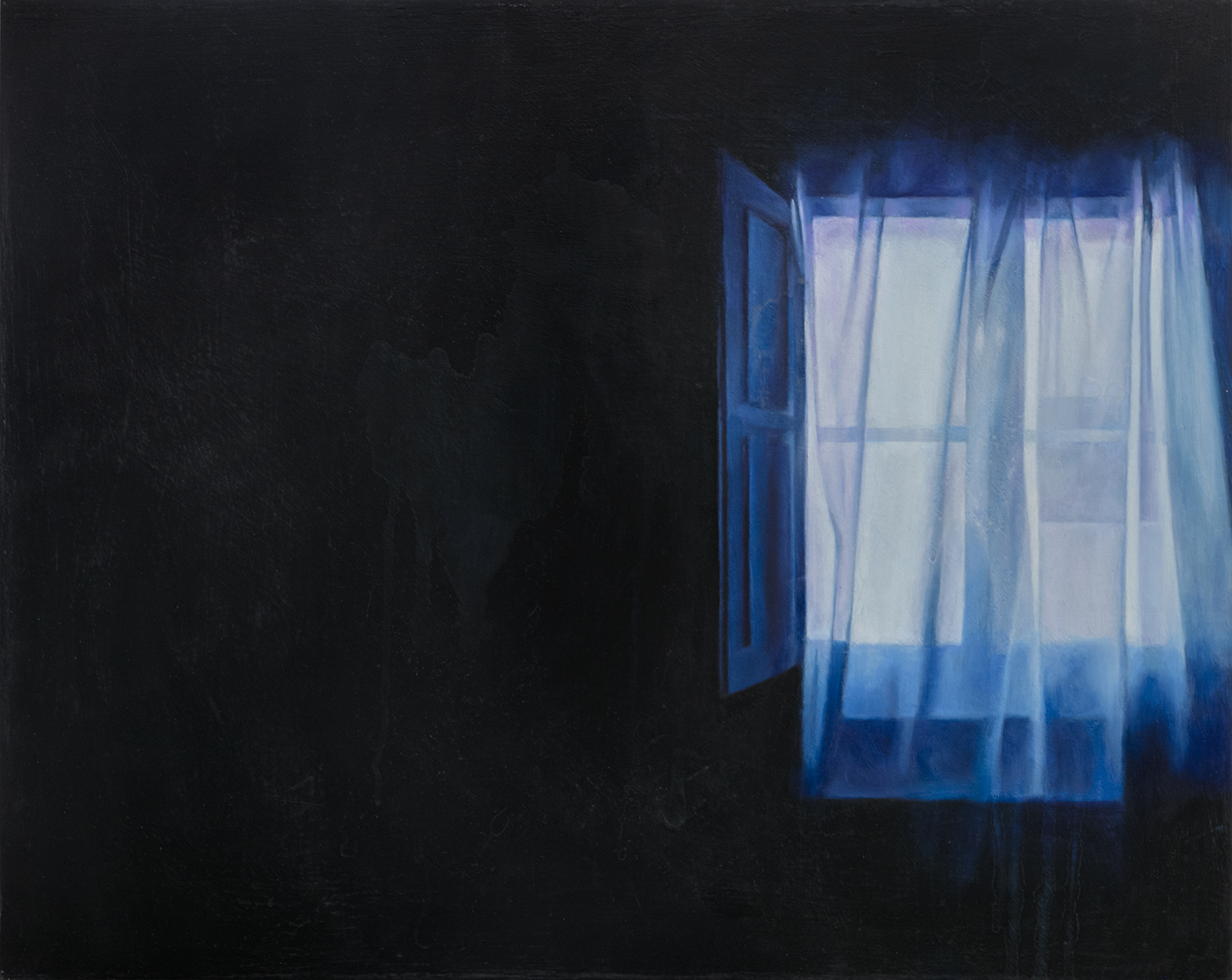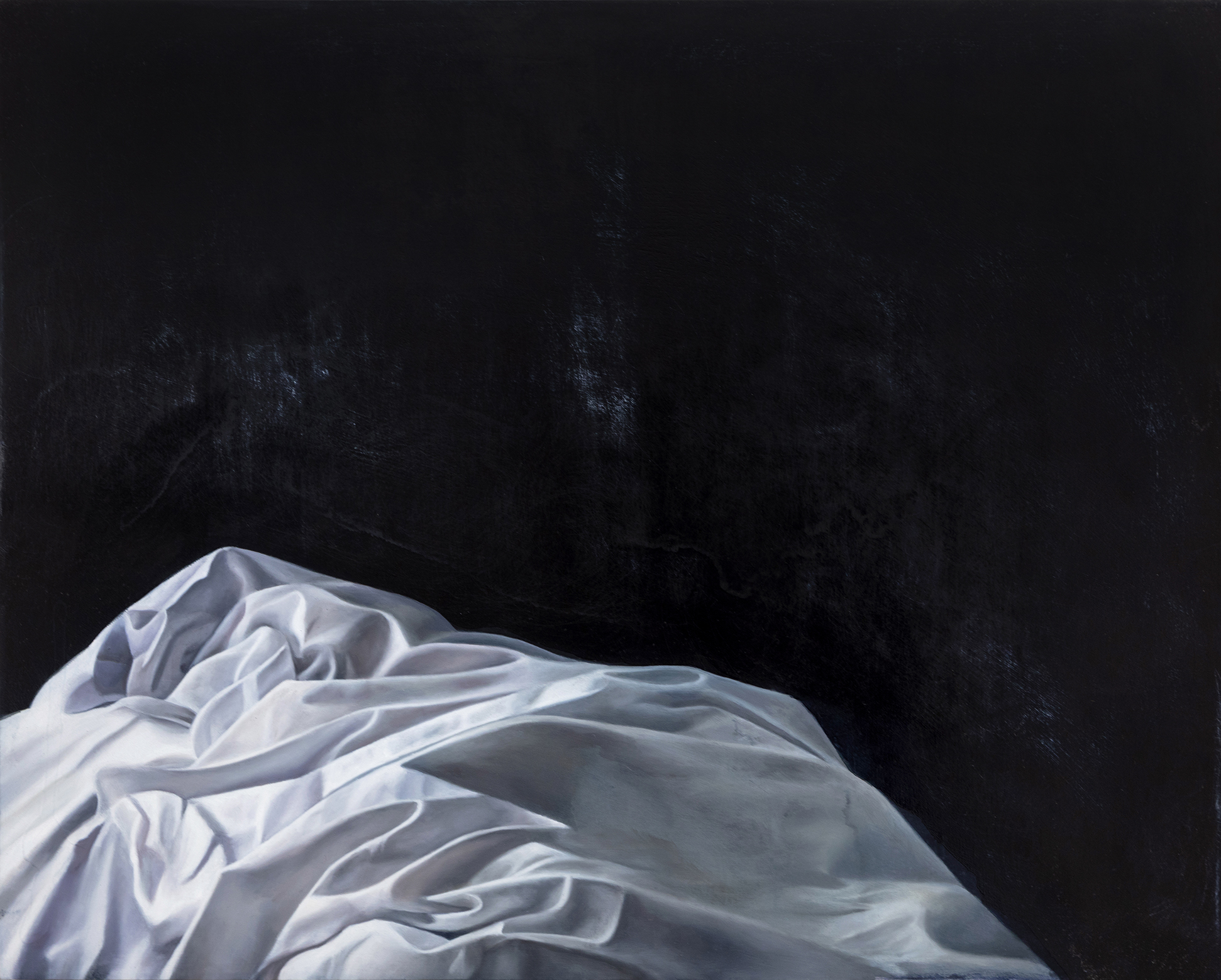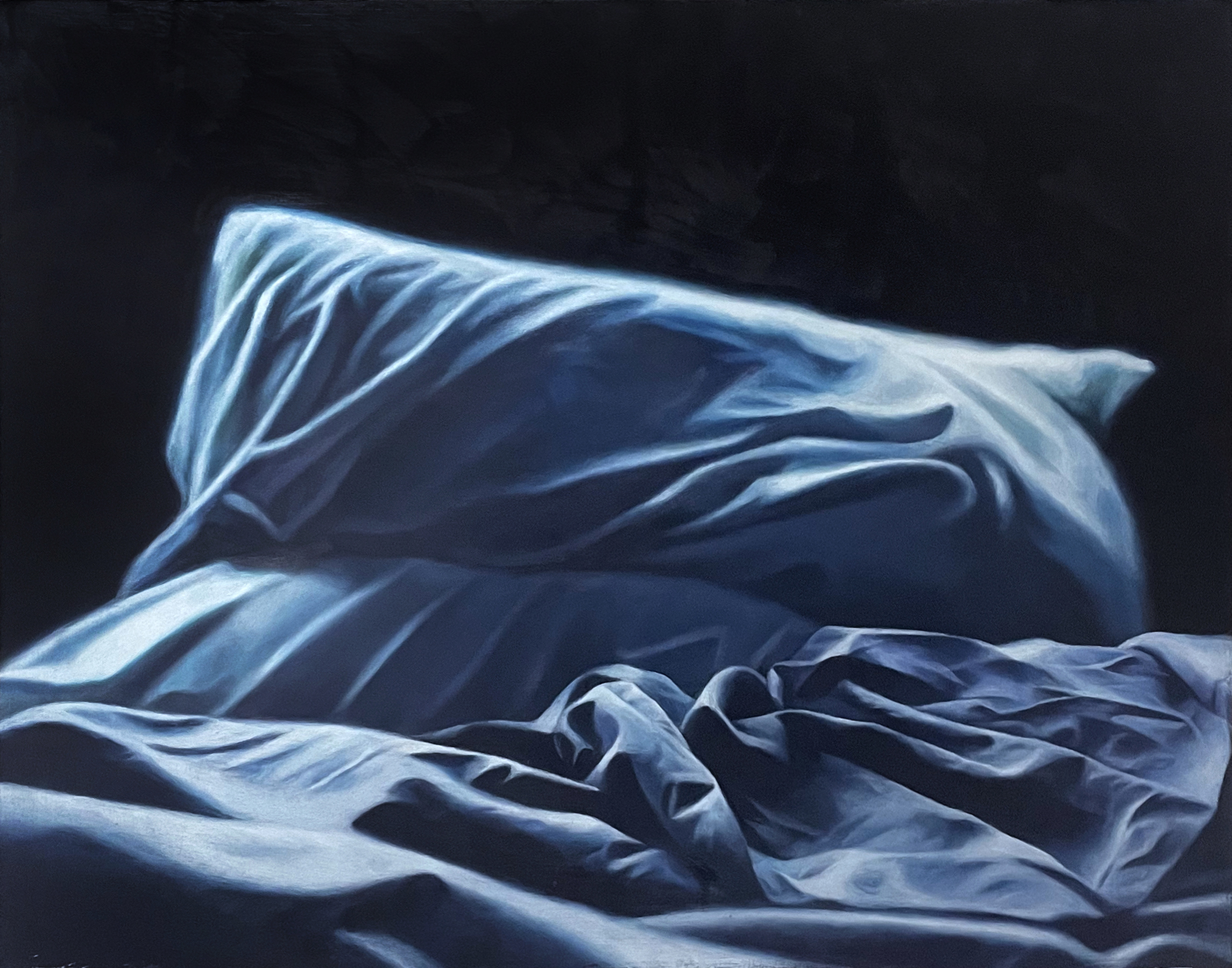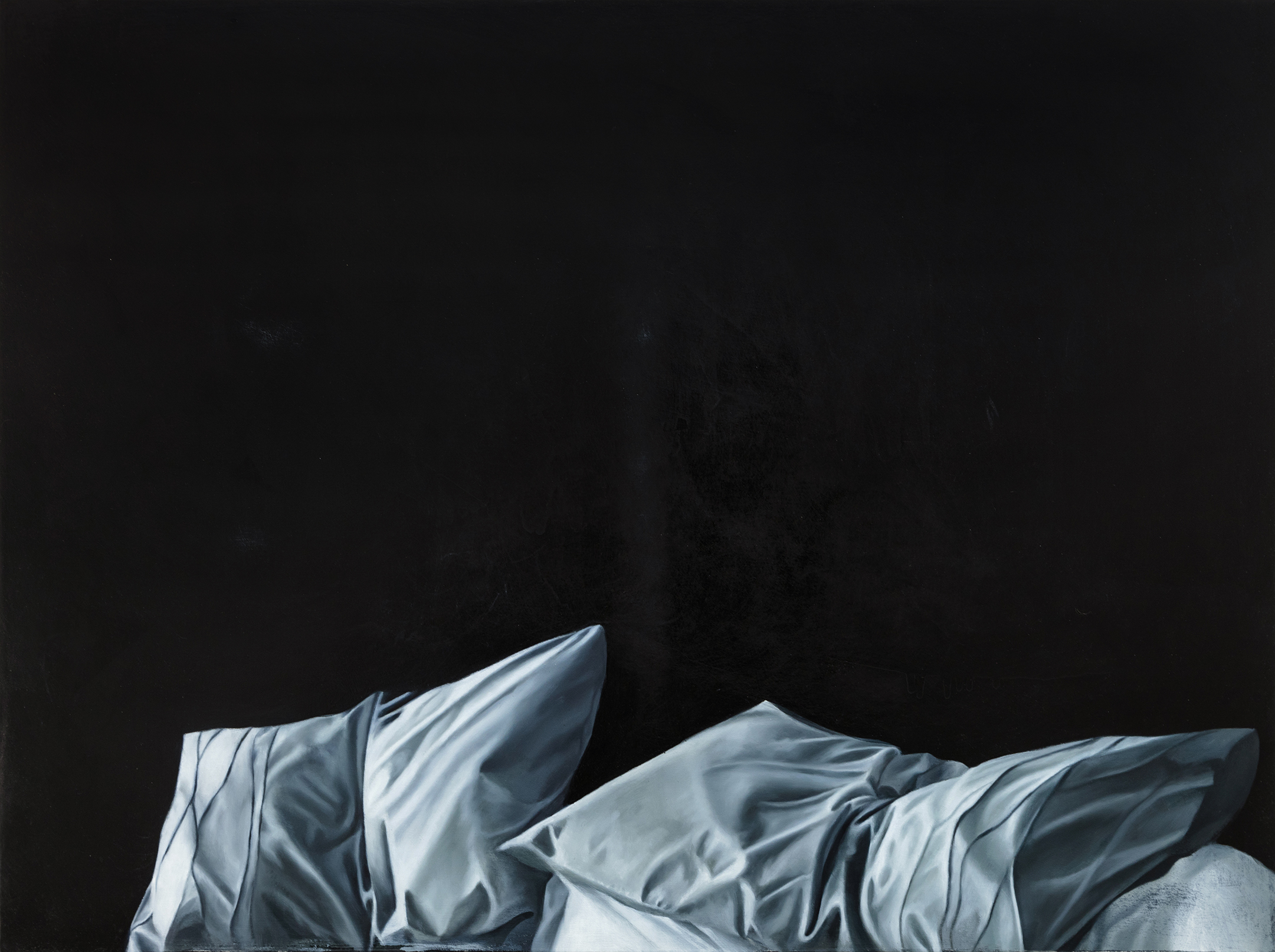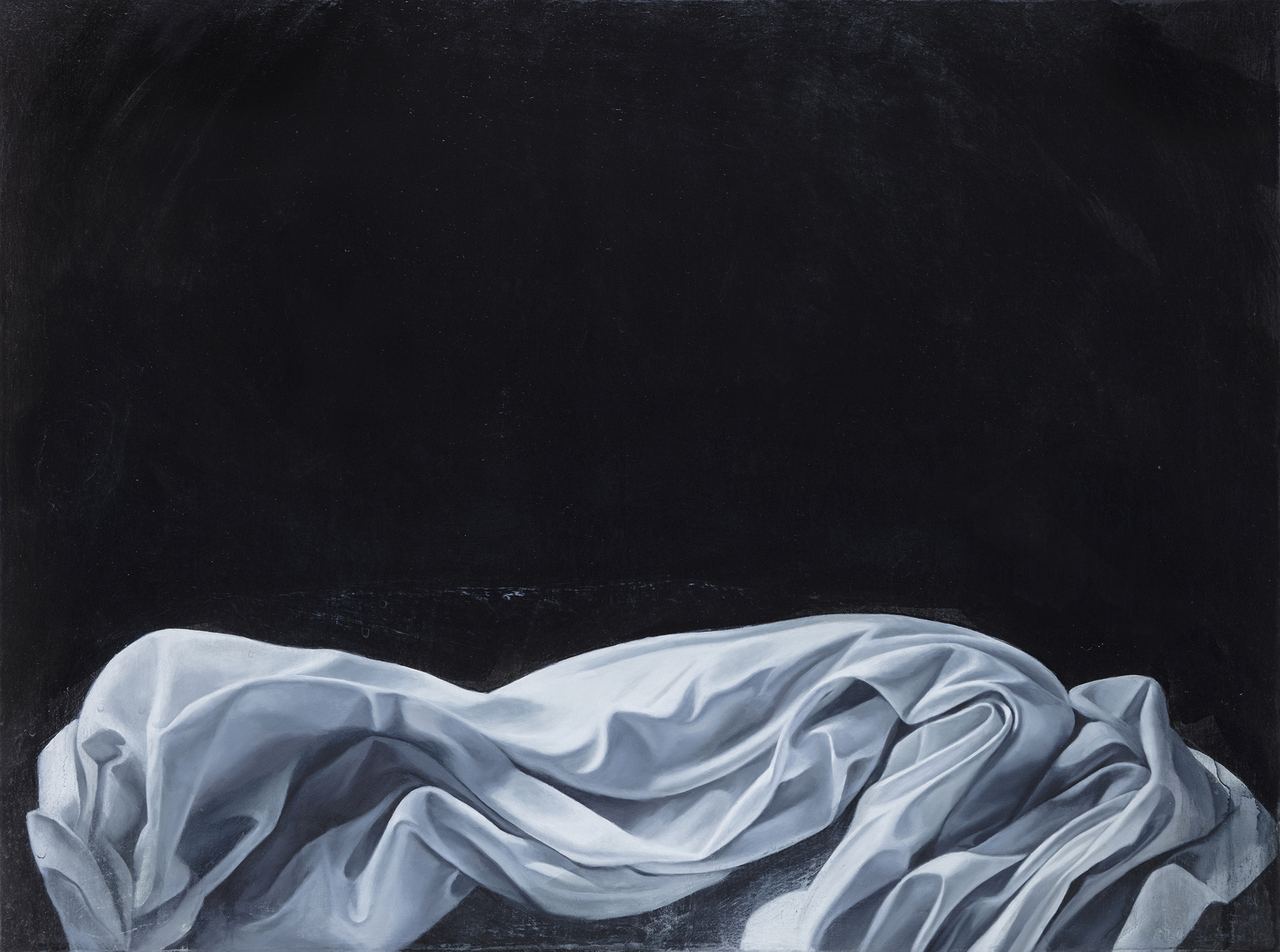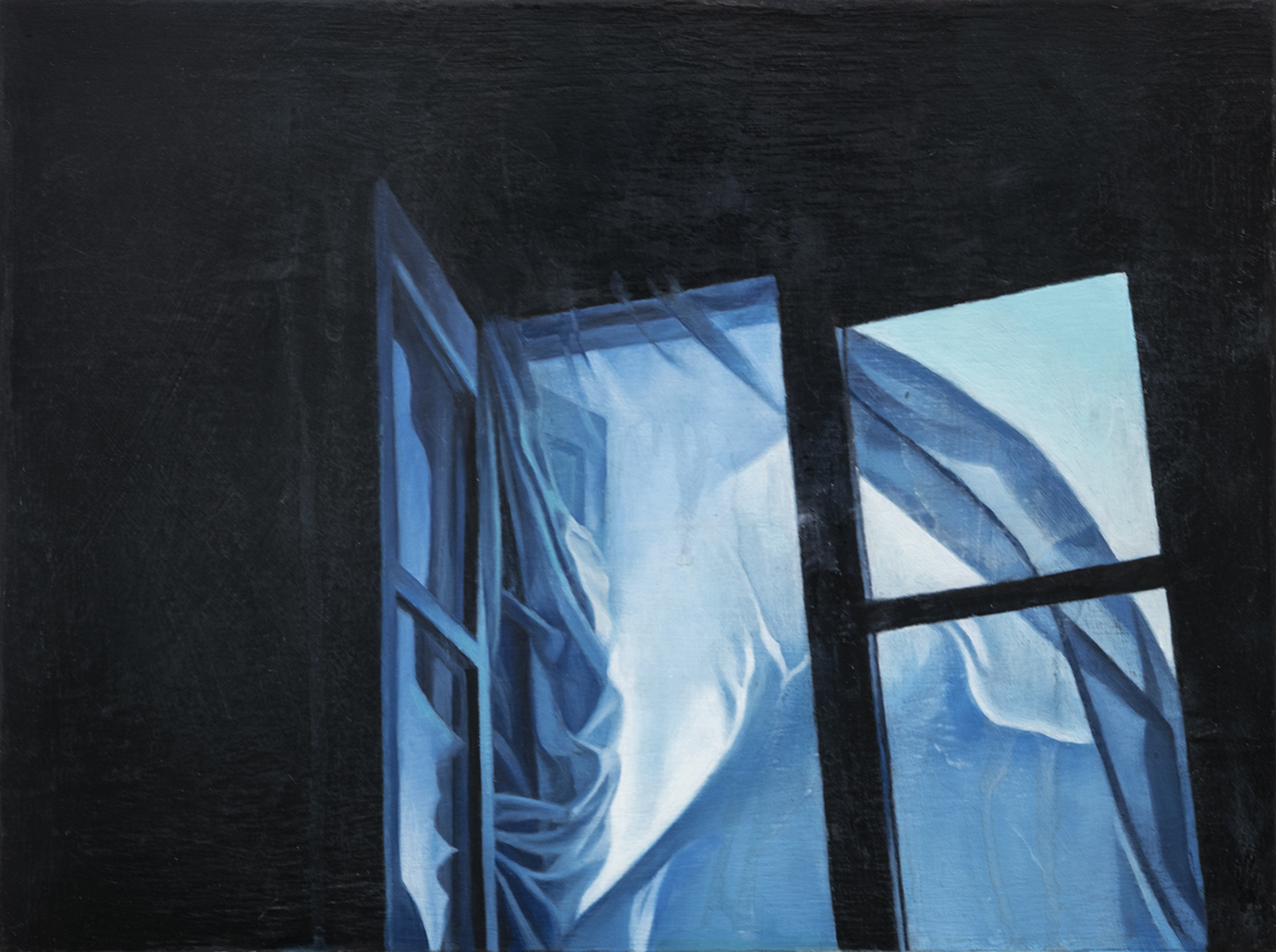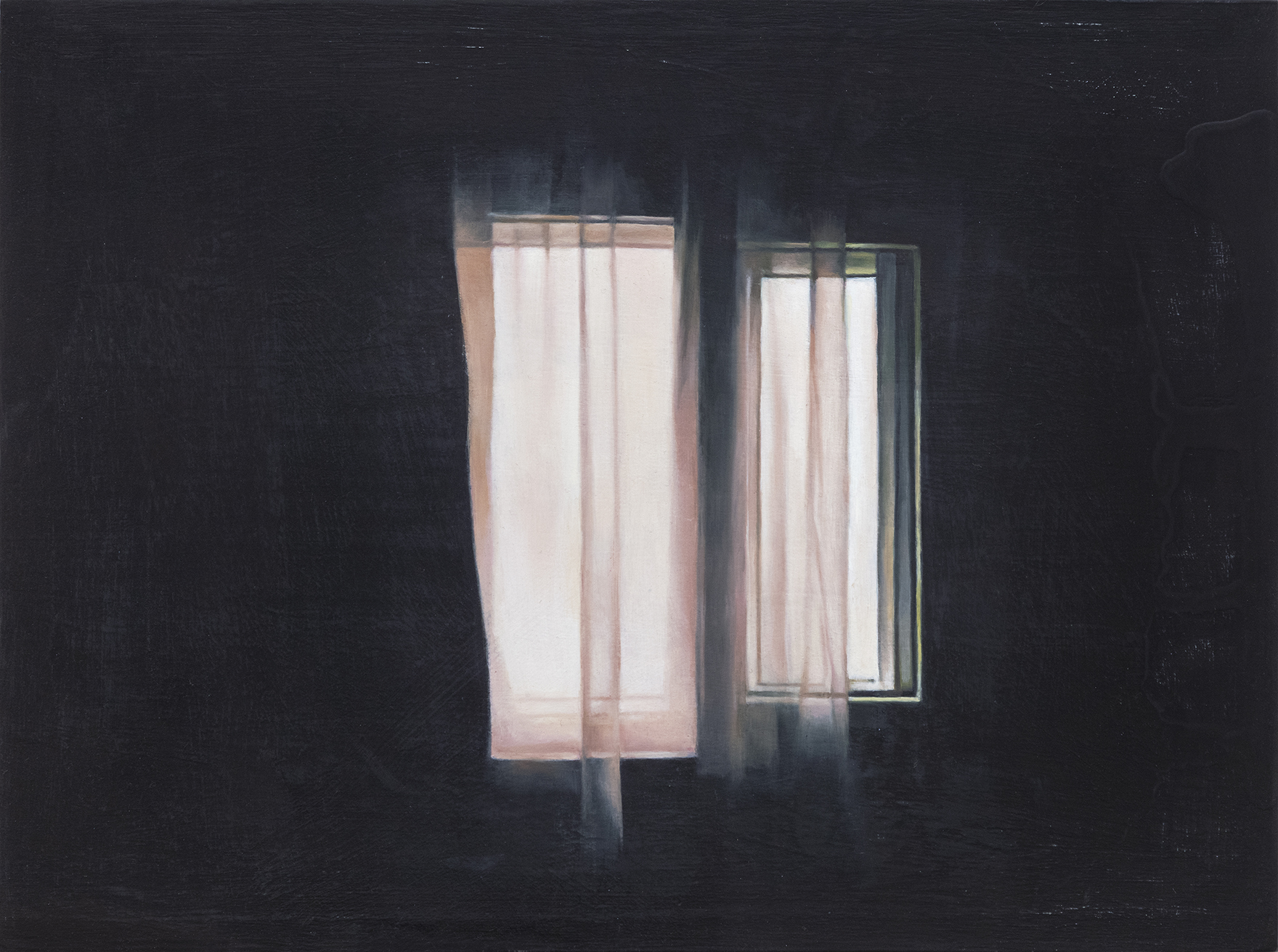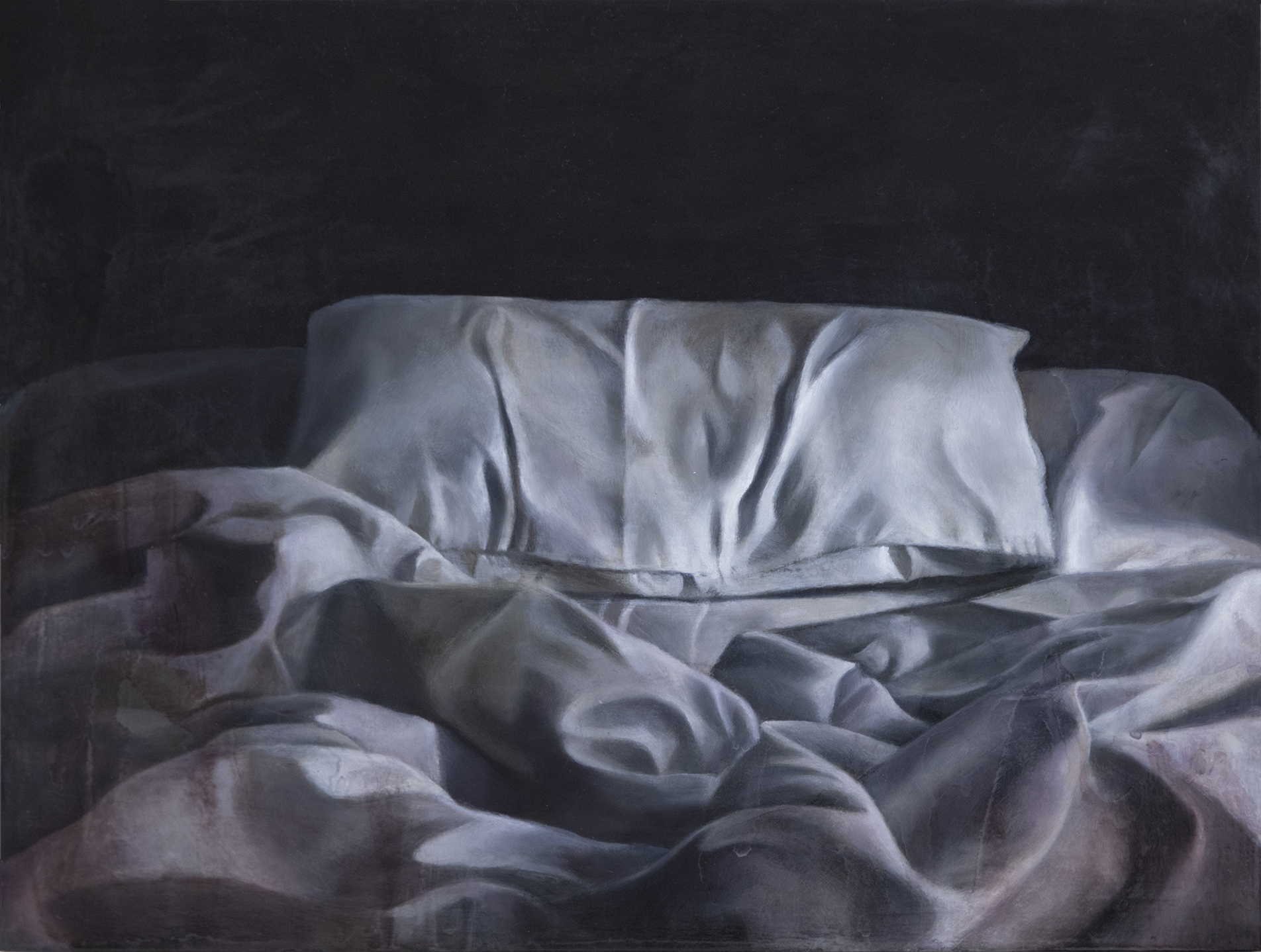Stephanie Serpick is a painter whose work explores themes of isolation, grief, and healing. Her work has been shown in various exhibitions in the U.S. and internationally, and she is a fellow at several residencies, most notably at MASS MoCA in North Adams, Massachusetts, the Florence Trust Studios in London, and the Vermont Studio Center, where she was awarded a full fellowship and stipend to attend. Recent exhibitions include a solo show at the College of Southern Nevada, and a two-person exhibition at The Munson-Williams-Proctor Arts Institute at the Museum of Art at Pratt in Utica NY. She was awarded a Pollock-Krasner Foundation Grant in 2020 and in 2018 she received the Ruth and Harold Chenven Foundation Grant. Stephanie received a BFA from Carnegie Mellon University and MFA from the University of Chicago. She currently lives and works in Brooklyn, N.Y.
My work concerns the themes of isolation and grief, and this was magnified during the pandemic. Our forced isolation and the challenges it brought to our physical and mental health provides a shared experience from which to consider grief and eventual healing. In the most recent work, images of windows, including blowing or transparent curtains, lend a feeling of being cut off from the outside world. And like the bedding in A New Fall and It’s Always Darkest Before Dawn, these paintings are devoid of a human presence, and therefore feel lonely and isolating, reflecting what many have experienced during the pandemic. The paintings of bedding are represented by unmade beds and tossed sheets on intentionally blank, somewhat rough backgrounds. Both the empty bed and the windows represent a place for grief, solitude and healing. As such, the work speaks to our shared feeling of trauma, with the understanding that while we all suffer in our individual ways, suffering is universal.
Source material for this work are found photographs, and the intimate size of the paintings references the intimate nature of the subject matter. The backgrounds of the paintings are repeatedly painted and sanded, to create a frame and backdrop for the imagery that is flat, yet rough with work and time. The bedding and windows are seen from different perspectives, but still indicate a scene of desolation and despair.
